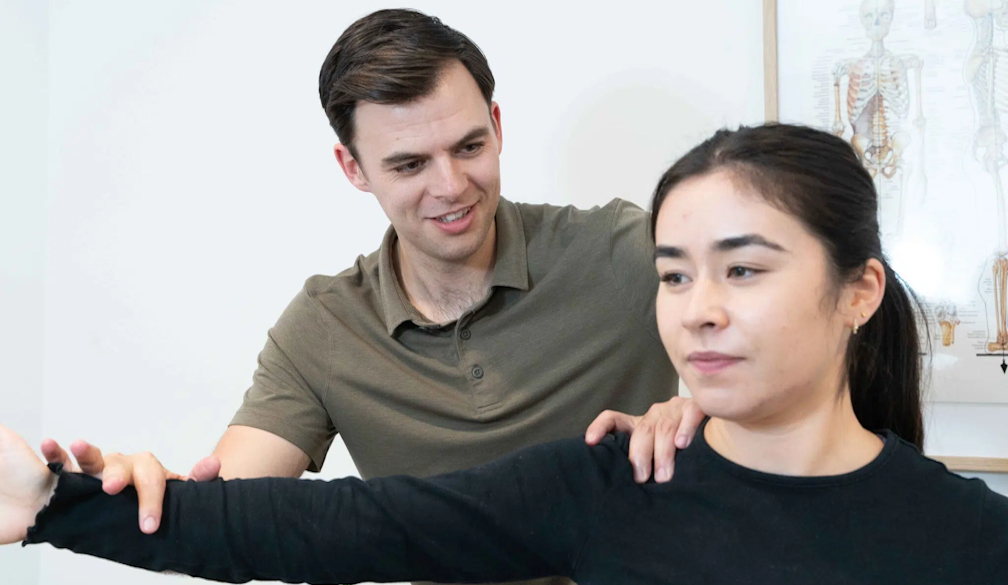Exploring the Different Types of Physiotherapy: Musculoskeletal, Neurological, Cardiovascular, and Respiratory

Physiotherapy is a dynamic field that plays a pivotal role in the maintenance and restoration of physical function and wellness. It offers diverse specialties that cater to the various systems of the body, addressing a wide range of injuries and disorders. Whether you’re recovering from surgery, managing a chronic illness, or seeking to improve overall physical function, understanding the different types of physiotherapy can help you choose the most appropriate therapy for your needs.
In the points below, we delve into four major branches of physiotherapy: musculoskeletal, neurological, cardiovascular, and respiratory, each addressing specific health challenges.
Musculoskeletal Physiotherapy
Musculoskeletal physiotherapy, also known as orthopaedic physiotherapy, focuses on the bones, muscles, joints, nerves, and tendons. It is primarily concerned with restoring function to the musculoskeletal system and alleviating pain. Common conditions treated include sprains, back pain, arthritis, muscle strains, and post-surgical rehabilitation. Therapists employ techniques such as manual therapy, exercises, and modalities like ultrasound or heat treatment to enhance mobility and quality of life.
If you are in search of professional guidance for musculoskeletal issues, consider consulting a physiotherapist near Maidstone, where expertise meets care in handling diverse musculoskeletal conditions.
Neurological Physiotherapy
Neurological physiotherapy is tailored for individuals suffering from neurological disorders and conditions such as stroke, multiple sclerosis, Parkinson's disease, cerebral palsy, and traumatic brain injuries. This specialised branch focuses on aiding patients to regain their functional independence. Therapists in this field work on improving balance, walking, transfers, and motor function through tailored exercise regimes and retraining of neural pathways. The goal is to enhance patients’ quality of life and promote the highest level of function and independence.
Cardiovascular and Pulmonary Physiotherapy
Cardiovascular physiotherapy is designed to prevent, rehabilitate, and compensate for patients suffering from cardiac diseases, such as post-heart attack rehabilitation. Respiratory physiotherapy, on the other hand, addresses patients with pulmonary conditions like asthma, chronic obstructive pulmonary disease (COPD), or cystic fibrosis. These types of therapy aim to improve cardiovascular fitness and pulmonary capacity through exercises and manual techniques that help clear mucus from the airways and improve breathing mechanics.
Respiratory Physiotherapy
Dedicated to improving the wellbeing of individuals with respiratory disorders, respiratory physiotherapy entails interventions that clear mucus from the airways, improve lung capacity, and enhance the efficiency of breathing. Techniques include guided exercises, manual chest physiotherapy, and education on breathing strategies and disease management. It plays a crucial role in the rehabilitation of patients post COVID-19 infection, helping them recover lung function and reduce breathlessness during daily activities.
Final Thoughts
Physiotherapy is an essential element in the continuum of health care that provides therapeutic benefits across various domains of the medical field. By addressing specific needs through targeted interventions, physiotherapy not only facilitates recovery but also enhances overall functionality and quality of life. Whether dealing with an acute injury, managing a chronic disease, or seeking preventive care, the specialised branches of physiotherapy provide the expertise necessary to achieve optimal health outcomes.

























